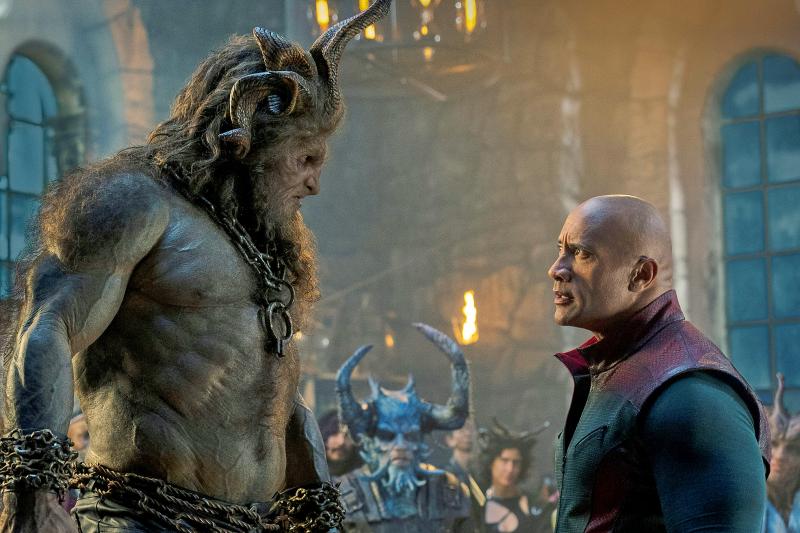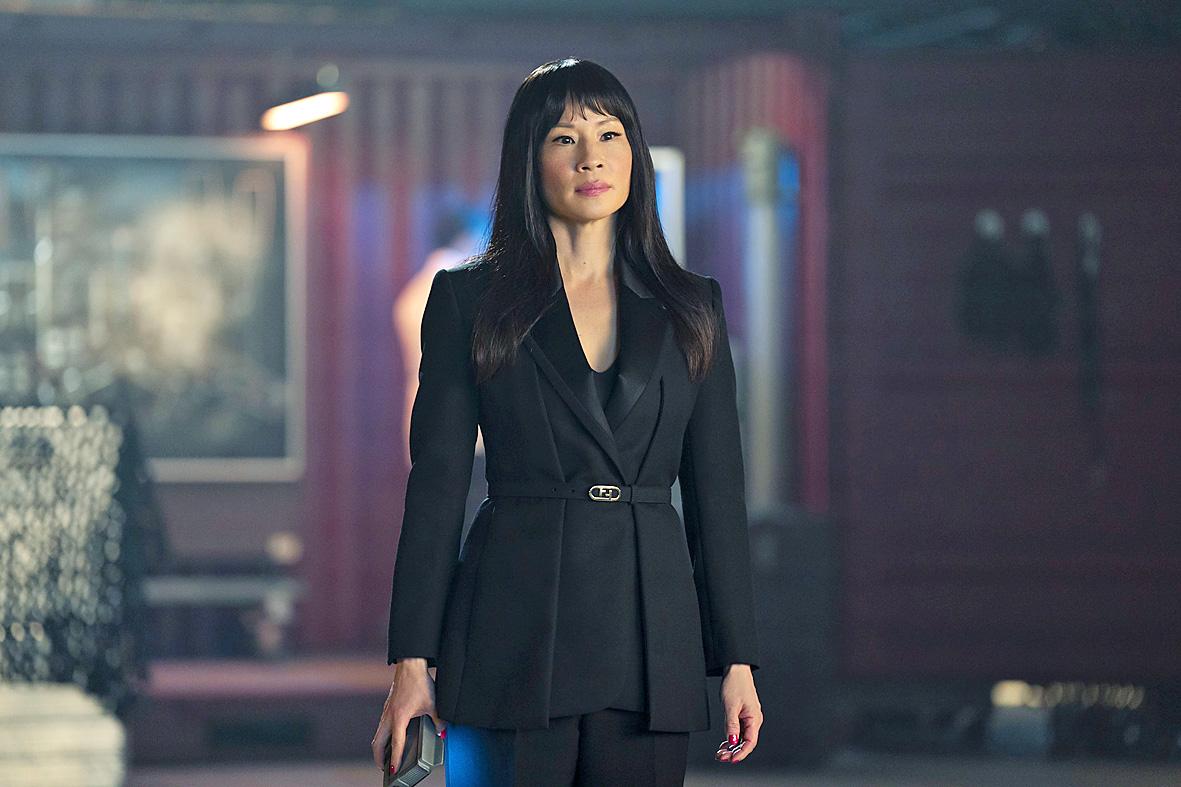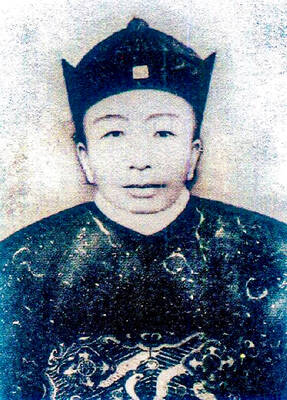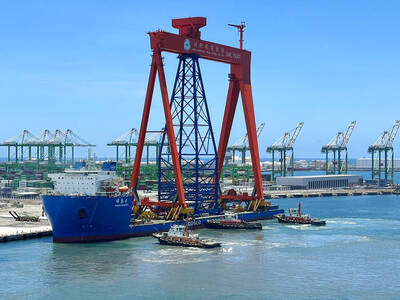Ah, the Christmas movie. That old chestnut. That cozy perennial pastime where — let’s just pick one scene from Red One — Dwayne Johnson, playing Santa’s body guard, faces off with a witch-possessed mercenary (Nick Kroll) and ice-sword-wielding CGI snowmen on the sandy beaches of Aruba. Can’t you just taste the eggnog?
Such are the ugly-sweater clashes of Red One, a big-budget gambit to supersize the Christmas movie. Countless movies before have wrestled with who Santa is. Does he really exist? But Red One is the first one to answer doubters with a superhero-like St. Nick who runs his North Pole operation like the army, who bench presses and counts carbs and who, given that he’s played by J.K. Simmons, looks like he could teach one heck of a jazz class.
There is ample time during Red One, currently in theaters, to ponder who, exactly, put a Marvel-ized Santa on their wish list. The movie, directed by the Jumanji reboot filmmaker Jake Kasdan and scripted by the veteran Fast & Furious screenwriter Chris Morgan, was conceived by producer Hiram Garcia as the start of a holiday franchise for Amazon MGM Studios — presumably to satisfy those who have pined for a Christmas movie but with, you, know, more military industrial complex.

Photo: AP
Red One, which is brightened by its other A-list star, Chris Evans, is a little self-aware about its own inherent silliness. But not nearly enough. There is a better, funnier movie underneath all the CGI gloss. But overwhelmed by effects and overelaborate world building (there are trolls, ogres and a headless horsemen here, all loosely connected as mythical creatures), Red One feels like an unwanted high-priced Christmas present.
“I love the kids. It’s the grown-ups that are killing me.”
So announces Callum Drift (Johnson), a long-serving security operative for Santa. He’s not an elf but a member of ELF, Enforcement Logistics and Fortification. (Don’t you just feel the holiday cheer welling up inside?) But after years, even centuries on the job, Callum’s faith in Christmas traditions is waning. For the first time, those on the naughty list outnumber the nice. On a mall visit two days before Christmas, he looks despondently at adults bickering over presents, if not outright stealing them.

Photo: AP
Callum and other operatives with earpieces shuttle Santa (Red One in their secret service-styled lingo) in a fleet of Suburbans to his sleigh, which, while pulled by reindeer, moves more like a spaceship. Back at the North Pole — picture a sort of wintery Abu Dhabi — Santa is kidnapped. The culprits leave only spilt milk behind. The ensuing hunt, overseen by the chief of a special ops group protecting mystical beings (Lucy Liu), leads immediately to a hacker who helped an anonymous client geolocate Santa.
The for-hire hacker, Jack O’Malley (Evans) is a deadbeat dad to his son (Wesley Kimmel), and, we’re informed, a “level-four naughty-lister.” Evans might be most famous for his Captain America, but smarmy smart-aleck (like in Knives Out) is really his wheelhouse. And he gives Red One some comic energy as it transitions into a sort of buddy comedy with him and Johnson.
But Red One keeps overdoing it. As they race to rescue Santa before Christmas Eve, the hunt brings in the villainous Christmas Witch, Gryla (Kiernan Shipka) and Krampus (Kristofer Hivju), here defined as Santa’s brother. The sensation, with these characters and others, is of stuffing too much into an already gaudy stocking, and yet somehow forgetting to add any charm.

Photo: AP
Red One comes off a little like the holiday version of Cowboys and Aliens — enough so to make you nostalgic for leaner tales about folkloric figures starring Johnson, like The Tooth Fairy. But if we’re to have every possible brand of Christmas movie, it seems a shame that when the phrase “The North Pole has been taken!” Gerard Butler is nowhere to be seen.

Photo: AP

Photo: AP

The canonical shot of an East Asian city is a night skyline studded with towering apartment and office buildings, bright with neon and plastic signage, a landscape of energy and modernity. Another classic image is the same city seen from above, in which identical apartment towers march across the city, spilling out over nearby geography, like stylized soldiers colonizing new territory in a board game. Densely populated dynamic conurbations of money, technological innovation and convenience, it is hard to see the cities of East Asia as what they truly are: necropolises. Why is this? The East Asian development model, with

June 16 to June 22 The following flyer appeared on the streets of Hsinchu on June 12, 1895: “Taipei has already fallen to the Japanese barbarians, who have brought great misery to our land and people. We heard that the Japanese occupiers will tax our gardens, our houses, our bodies, and even our chickens, dogs, cows and pigs. They wear their hair wild, carve their teeth, tattoo their foreheads, wear strange clothes and speak a strange language. How can we be ruled by such people?” Posted by civilian militia leader Wu Tang-hsing (吳湯興), it was a call to arms to retake

This is a deeply unsettling period in Taiwan. Uncertainties are everywhere while everyone waits for a small army of other shoes to drop on nearly every front. During challenging times, interesting political changes can happen, yet all three major political parties are beset with scandals, strife and self-inflicted wounds. As the ruling party, the Democratic Progressive Party (DPP) is held accountable for not only the challenges to the party, but also the nation. Taiwan is geopolitically and economically under threat. Domestically, the administration is under siege by the opposition-controlled legislature and growing discontent with what opponents characterize as arrogant, autocratic

When Lisa, 20, laces into her ultra-high heels for her shift at a strip club in Ukraine’s Kharkiv, she knows that aside from dancing, she will have to comfort traumatized soldiers. Since Russia’s 2022 invasion, exhausted troops are the main clientele of the Flash Dancers club in the center of the northeastern city, just 20 kilometers from Russian forces. For some customers, it provides an “escape” from the war, said Valerya Zavatska — a 25-year-old law graduate who runs the club with her mother, an ex-dancer. But many are not there just for the show. They “want to talk about what hurts,” she